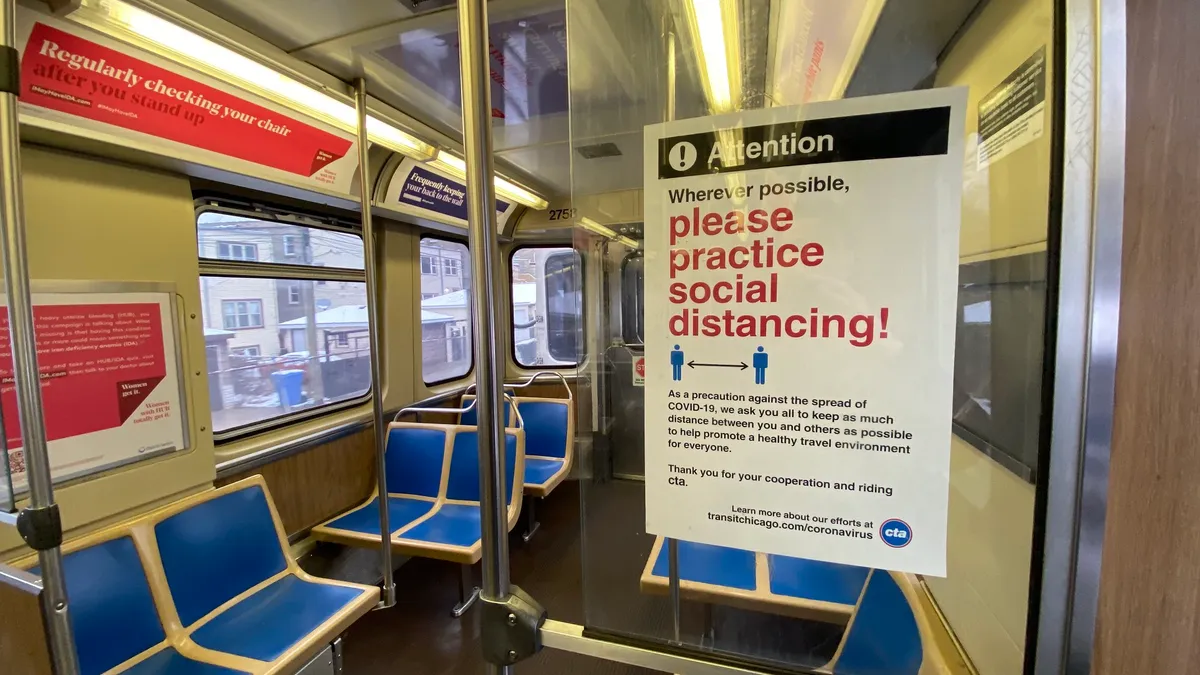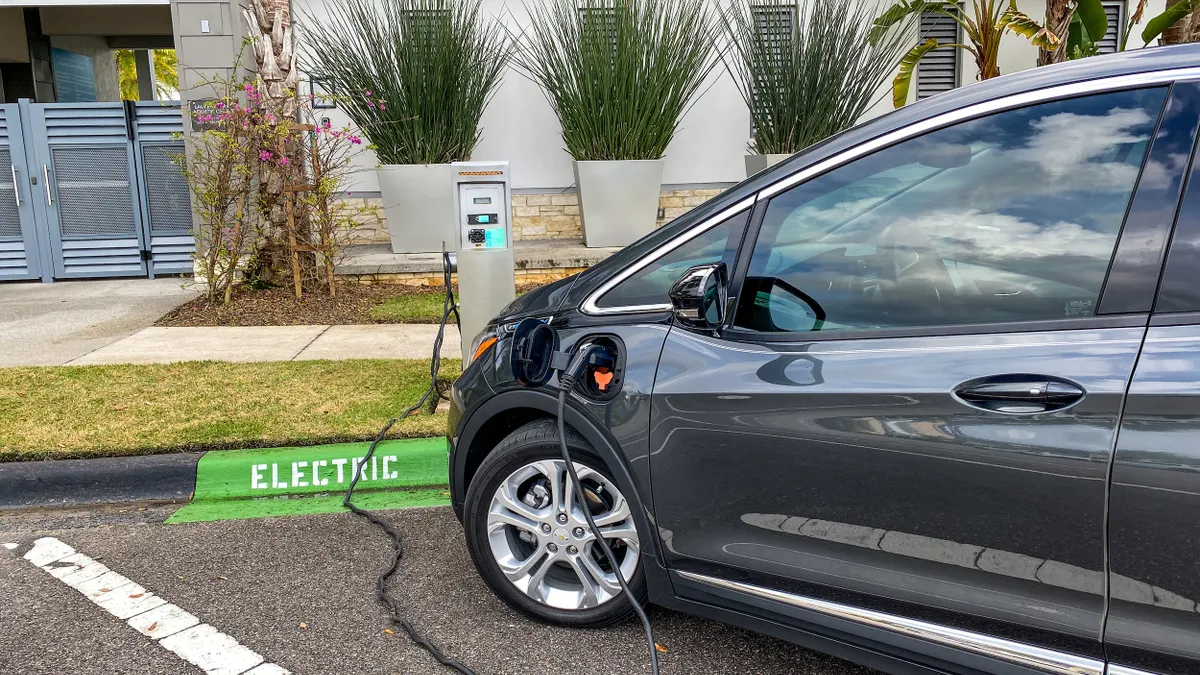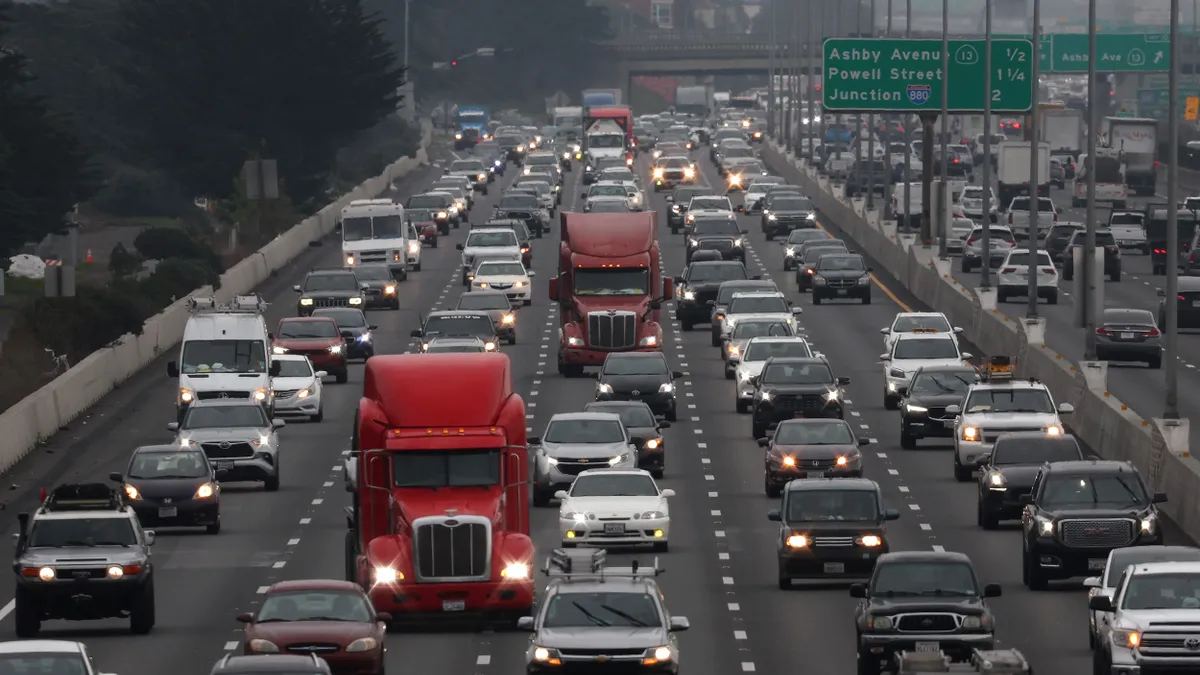Editor's Note: The following a guest post from Ben Haynie, VP of product at TransLoc.
At the height of the coronavirus (COVID-19) pandemic, U.S. governments faced mandated shelter-in-place orders that saw transit passenger levels plummet to unprecedented lows, with some major cities seeing more than a 90% decline in riders. As society settles into our "new normal," transit agencies have been tasked with identifying the right investments and protocols to protect riders and boost their confidence in public transit once again.
A number of organizations have developed resources and frameworks for cohesive strategies to help transit agencies stay afloat. The American Public Transportation Association (APTA), for instance, launched a national Health and Safety Commitments Program in early September. The new program is a great start to recovery, offering universal health guidelines to create a standard for what "safe transit" should be. APTA has also been transit’s biggest champion when it comes to advocating for additional emergency coronavirus relief funding to support service recovery nationwide.
Health guidelines and funding are significant to rebuilding ridership for public transit and providing agencies with a path forward, yet to see the ridership return to pre-COVID levels, transit agencies need to get to the root causes of the declines. It's not just about health concerns, but the loss of convenience and value that has come at the expense of COVID concerns.
To re-establish public transit, agencies need to evolve their transit service offerings to meet America's new travel standards and practices.
Yesterday's transit services no longer fit today's needs
Part of the reason we continue to see dips in public transit ridership is because agencies are still offering the same services they were before COVID-19. The pandemic dramatically changed how a city or town functions on a day-to-day basis, with many people now working from home full-time, limiting their attendance at social functions and relying less on transit.
On the opposite end, transit has become a lifeline for our frontline workers. It's also shown the inequity issues faced in urban neighborhoods, where under-resourced populations do not have sufficient options for commuting, therefore left to depend on access to safe public transit services.
Part of transit agencies' recovery must focus on shifting transit offerings to fit riders' needs. Regular fixed service in commuter neighborhoods with little-to-no commuting today should be reduced, but offered with on-demand transit options that allow essential workers and others the opportunity to conveniently and safely reach their jobs.
In communities where the majority of people still travel to work daily, there should be an increase in fixed services to enable safe social distancing practices. No one wants to choose between risking their health and being late to work, so agencies must create convenience for riders. This can include having enough buses frequent a stop so riders can stay on time while securing a bus that allows social distancing, or offering the option to request on-demand transit services.
Agencies must think outside of transit
With many people concerned about how their day-to-day activities impact their health, we've seen an increase in people looking to other modes of transportation such as bikes and scooters to travel.
Bike and scooter rentals have been available for years, though they’ve historically been used more for joyrides over daily commutes. As people look to limit their time inside and proximity to others, we will see riders use these forms of transportation in conjunction with public transit services to create a multimodal journey that feels safe and affordable.
To make public transit a convenient part of this multimodal path, it is more important now than ever before that agencies identify ways to have a cohesive view of transportation use in their community. This does not mean agencies should necessarily procure alternative forms of transportation, but rather partner with organizations and private sector companies to support the adoption of these services and help the public understand how they're best utilized.
This transparency helps transit agencies align services with residents' transportation habits and create new opportunities for convenience — be it an on-demand ride to the local bike-share, or deploying scooter fleets near specific subway stations. This can also allow the transit agency to become more responsive and adaptive in its service offerings, for example taking into consideration how an increase in e-commerce deliveries could impact curb congestion, and offering innovative solutions.
Public transit faces one of its biggest challenges with the COVID-19 pandemic, but transit is not down for the count. In actuality, the pandemic has forced agencies to pivot service offerings and create new opportunities to show they understand riders’ needs and are ready to offer the most convenient and safe options possible.
Only when agencies take the time to review, rethink and innovate are they truly able to achieve equitable transit options to help improve riders' day-to-day lives.



















